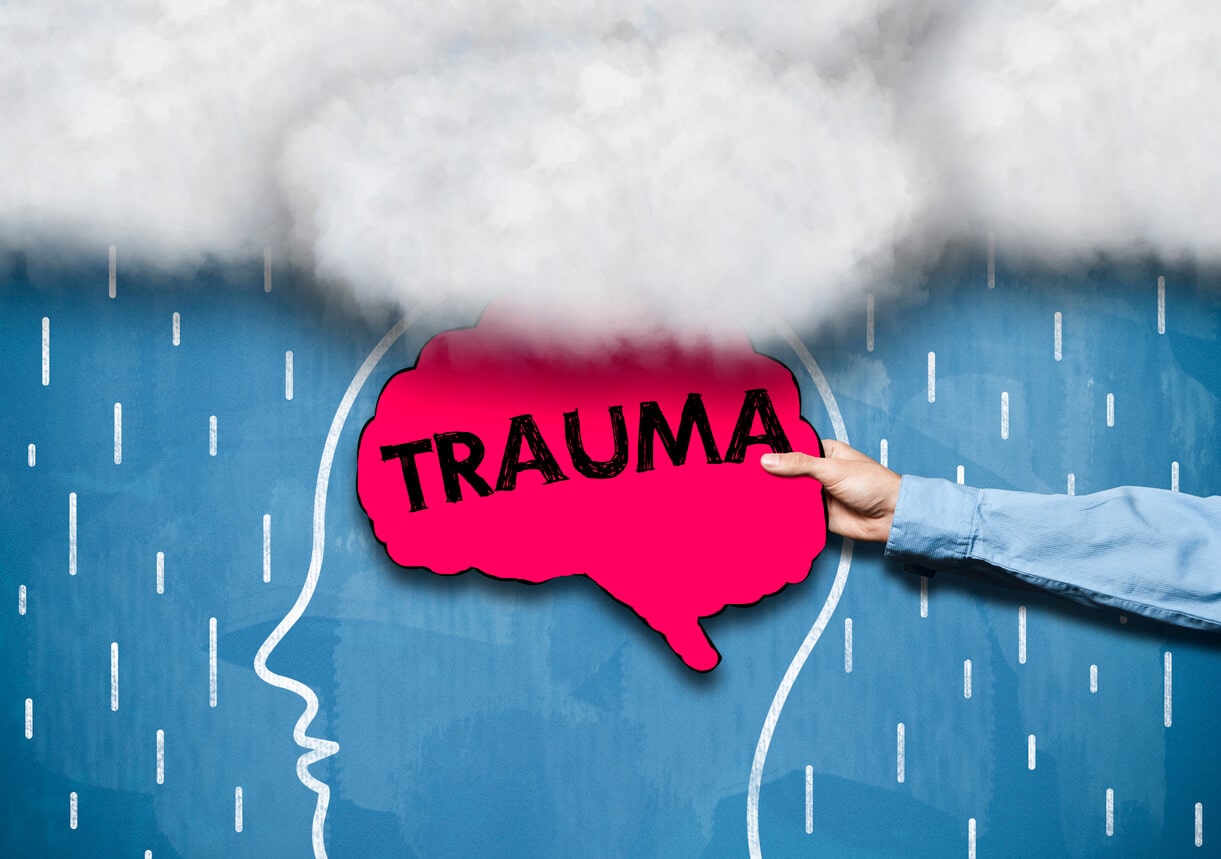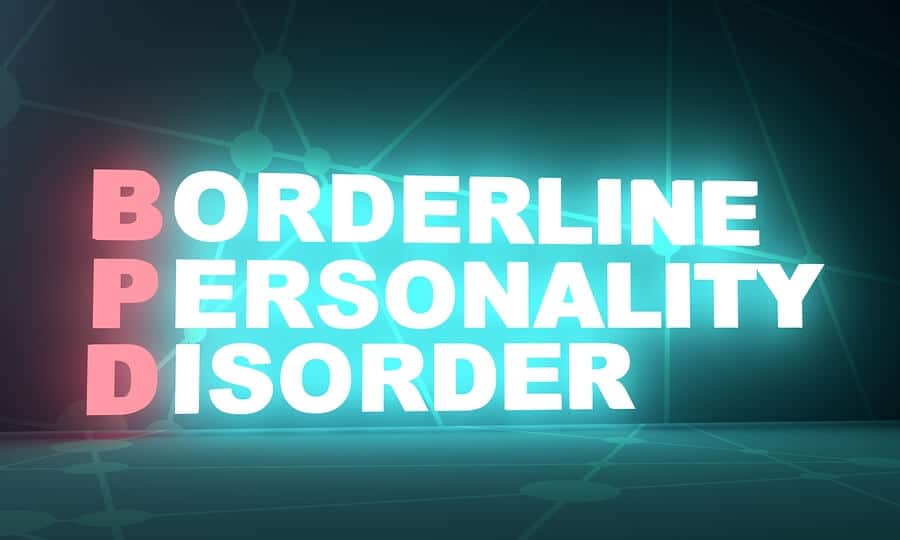
5 Methods Used in Mental Health Treatment
Millions of people struggle with mental health issues. Some reasons why people may need mental health treatment are PTSD, generalized anxiety disorder and depression. Unfortunately, many people struggle with these issues in silence.
When the problems add up, people may turn to alcohol or drugs. These substances amplify mental health issues. Then, the person using drugs or drinking alcohol may do so even more. The cycle is vicious and can be challenging to overcome. However, there are 5 methods used in mental health treatment that can help a great deal.
Brainspotting in Mental Health Treatment
Brainspotting is a method that has to do with the eyes and brain. If you struggle with trauma issues, this is a mental health treatment that might work for you.
Research shows the way a person positions their eyes affects how they feel. In brainspotting therapy sessions, the trained therapist will guide you through the negative emotions that you are holding. Over time, you can release these emotions and let go of what is holding you back. You will also replace negative emotions with positive ones.
Have you been holding onto overwhelming, fearful, or painful events from your past? If so, these could be causing you a lot of stress and anxiety. They could even be causing depression. The good news is that you can enroll in brainspotting therapy to help overcome negative emotions and mental health issues.
Neurofeedback Therapy
A mental health treatment that is great for trauma-informed care is neurofeedback therapy. Therapists also use it for OCD, ADHD and bipolar disorder.
Neurofeedback therapy focuses on brain waves. If a person’s brain waves are causing inappropriate reactions, this type of therapy can be beneficial.
Many therapists use this method. During these sessions, you will be on a machine. The machine will read brainwaves through a computer software program. From there, the therapist can analyze the results. The software can send messages back to the brain when reactions need a reset, as well. The most common reason for this is when someone has severe anxiety in response to minimal stimuli.
If this sounds like a method for mental health treatment you might need, reach out today.
Transcranial Magnetic Stimulation
Transcranial magnetic stimulation or TMS is one of the 5 methods used in mental health treatment. It is a safe, non-invasive method for relieving mental health symptoms. Many therapists use it with their patients who have depression.
Many mental health programs offer this type of treatment. Professionals do this process in a machine that is similar to an MRI machine. There is a coil that will transmit magnetic pulses into your skull and brain. The areas that receive these pulses control your mood.
Transcranial magnetic stimulation sessions last an hour on average. Most patients that receive this treatment have noticeable improvements in their mental health.
Hypnotherapy Sessions
You may have heard of hypnotherapy. For years, hypnotherapy has helped people quit smoking, lose weight and change other damaging habits. Nowadays, people are using this method to relieve mental health symptoms, too.
Some people have fears regarding hypnotherapy. However, it is a very safe treatment. Getting hypnotherapy along with other mental health treatments can be highly effective.
When you receive hypnotherapy services, the therapist can put you in a heightened state. In this state, you will have better self-awareness and focus. If you struggle with depression, anxiety, obsessive behaviors or addictions, these sessions can help you become more aware of the problem.
After the sessions, most people change their negative habits and start getting the help they need.
Dialectal Behavior Therapy
Dialectal behavioral therapy is another mental health treatment you can receive. DBT is treatment therapists commonly use to help people change negative habits and behaviors.
During your DBT sessions, you will learn to identify your negative patterns and habits. The therapist will work with you to replace those patterns with positive ones. Many people who are self-destructive benefit greatly from dialectal behavior therapy.
If you have an addiction or have other self-destructive behaviors, this may be something you want to check out.
Getting the Mental Health Treatment You Need
There are different mental health treatments for everyone. Some people will receive one of these services and others might receive many of them.
Do you struggle with PTSD, anxiety, depression, self-destructive behaviors or other mental health issues? If so, it would be a good idea to reach out to enroll in one of the top 5 methods used in mental health treatment.














